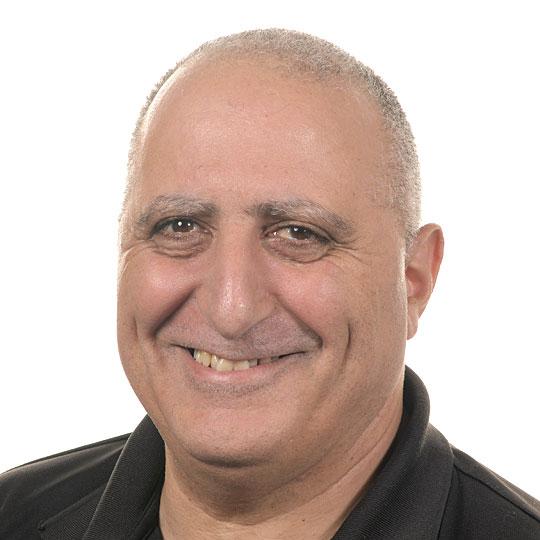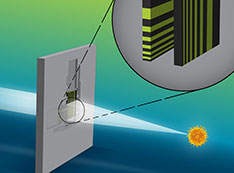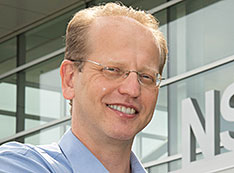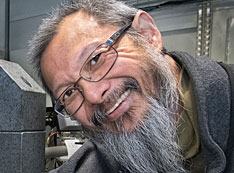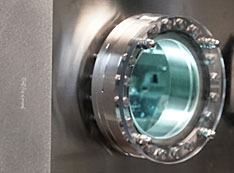Experiment Development Program
The Experiment Development Program (EDP) supports and fosters science and technology leadership and the development of new X-ray technologies at NSLS-II to better serve the broader scientific community. This is driven by the team’s initiative to overcome the scientific challenges posed by diffraction-limited X-ray light sources. The EDP mission is supported through the development of advanced analysis and simulation tools that enable quick optics fabrication and characterization feedback; development and delivery of innovative x-ray optics, beamline engineering, and opto-mechanical systems; providing related services that support the NSLS-II mission of enabling cutting-edge scientific research; and supporting the NSLS-II Experimental Program beamlines and research laboratories for operations, maintenance, service, retrofits and construction.
Groups
The Experiment Development Program consists of six multidisciplinary teams, each bringing specialized expertise to the development of cutting-edge X-ray technologies that support and enhance the scientific missions of NSLS-II.
Optics and Metrology
The Optics and Metrology Group supports the strategic objective of establishing and retaining leadership in high-spatial-resolution imaging and high-coherent-flux scattering through the development, characterization, and integration of advanced optics and instrumentation at NSLS-II. X-ray optics performance is directly linked to the development of necessary metrology tools used to control optical components. These tools are necessary for the fabrication of specialized optics and ultimate characterization used to validate surface parameters prior to installation in the beamline. The group is also engaged in research on X-ray mirror fabrication technologies. They have developed a dedicated ion beam deterministic figuring system for the fabrication of diffraction limited X-ray mirrors.
Optics Fabrication
The Optics Fabrication Group supports the diverse needs of NSLS-II beamlines by providing high-quality thin films, multilayer coatings, and associated metrology using a one-of-a-kind deposition system along with thin-film characterization instruments. The group's activities extend across a wide range of research and development efforts in the field of X-ray optics, a key area being nanofocusing optics for hard X-rays with the development of multilayer Laue lenses.
-
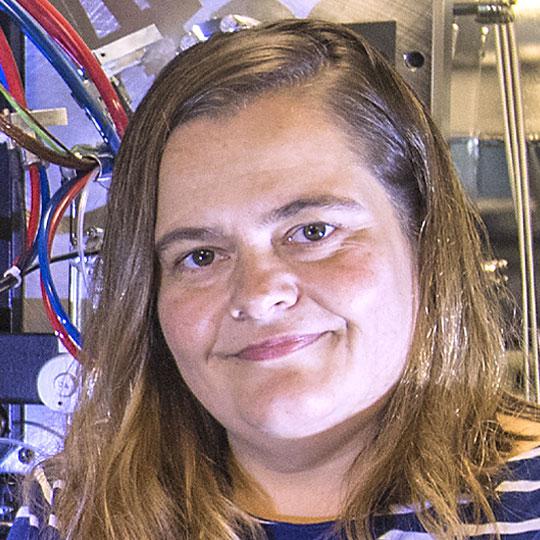
Nathalie Bouet
(631) 344-3564, bouet@bnl.gov
Precision Engineering & Nanopositioning
Precision engineering, nanopositioning, and nanometrology are key elements of the NSLS-II integrative systems engineering approach for mission-oriented research and development. Complex instrumentation, nanoscale motion, sensing, control, positional and angular stabilities often determine the ultimate performance of the cutting-edge X-ray optical elements. The precision engineering and nanopositioning group develops and supports state-of-the-art X-ray microscopy capabilities at NSLS-II, expand precision engineering, nanopositioning, and nanometrology research and development. This work enables a broad range of mission-critical capabilities at NSLS-II and provides mechanical metrology services to existing and emerging beamlines in order to enhance and optimize their performance.
-
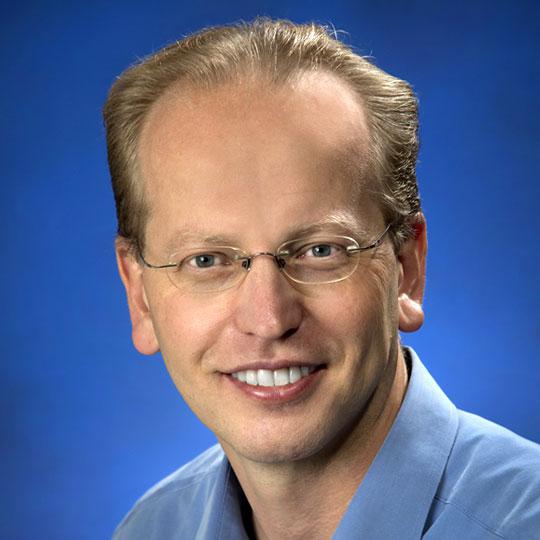
Evgeny Nazaretski
(631) 344-4428, enazaretski@bnl.gov
Simulations
The Simulations Group develops numerical methods and software and performs high-accuracy calculations of the magnetic fields of insertion devices (ID) in synchrotron radiation (SR) sources, spectral characteristics of different types of SR generated by the IDs and bending magnets, radiation propagation through optical elements of beamlines to samples, as well as entire simulation of some types of user experiments at Light Source facilities. The Team contributes to optimization of IDs for beamline needs, optimization of optical layouts of new beamlines, advanced commissioning of existing beamlines, development of diagnostics methods for X-ray source and optics, optimization of beamline settings for most complete use of high brightness and coherence of NSLS-II in user experiments, and the development of miscellaneous components for a future NSLS-II Upgrade.
-
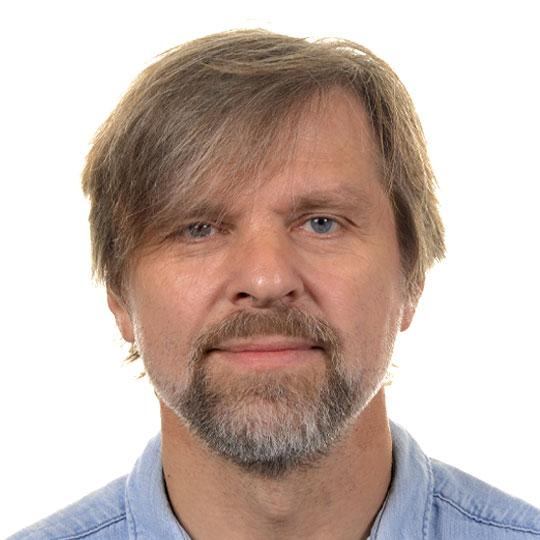
Oleg Tchoubar
(631) 344-4525, chubar@bnl.gov
Beamline Engineering
The Beamline Engineering group undertakes creative engineering, design, analysis, and project management activities to enable and support cutting-edge synchrotron science. The engineering projects range from incremental endstation upgrades to the development of entire beamlines. The scope of work covers beamline configurations, beamline equipment, and hutch layouts. This includes ray tracing, radiation shielding, and thermal management of the beamline optics. The Beamline Engineering group specializes in structural, thermal, and cooling fluid flow analysis of various beamline components. The group also devotes effort to the development of sample manipulation and positioning systems, in-situ/in-operando instrumentation, and customization of endstation components. All work performed by engineering staff ensures compliance with applicable safety codes and procedures.
-

Evgeny Nazaretski
(631) 344-4428, enazaretski@bnl.gov
Research Operations Support
The NSLS-II Research Operations Support Group supports the operation, maintenance, service, and construction of the facility's beamlines and research laboratories. The group's staff work closely with NSLS-II leadership, beamline staff, and users to deliver unparalleled support for research infrastructure based on their needs. The team works closely with both NSLS-II staff and lab-wide support groups such as the Environment Safety and Health Directorate, the Facilities and Operations Directorate, the Modernization Project Office, and a number of contractors and vendors for the design, construction, maintenance, and service of beamlines, research labs and experimental equipment.
-

Michael Buckley
(631) 344-8097, buckley@bnl.gov




